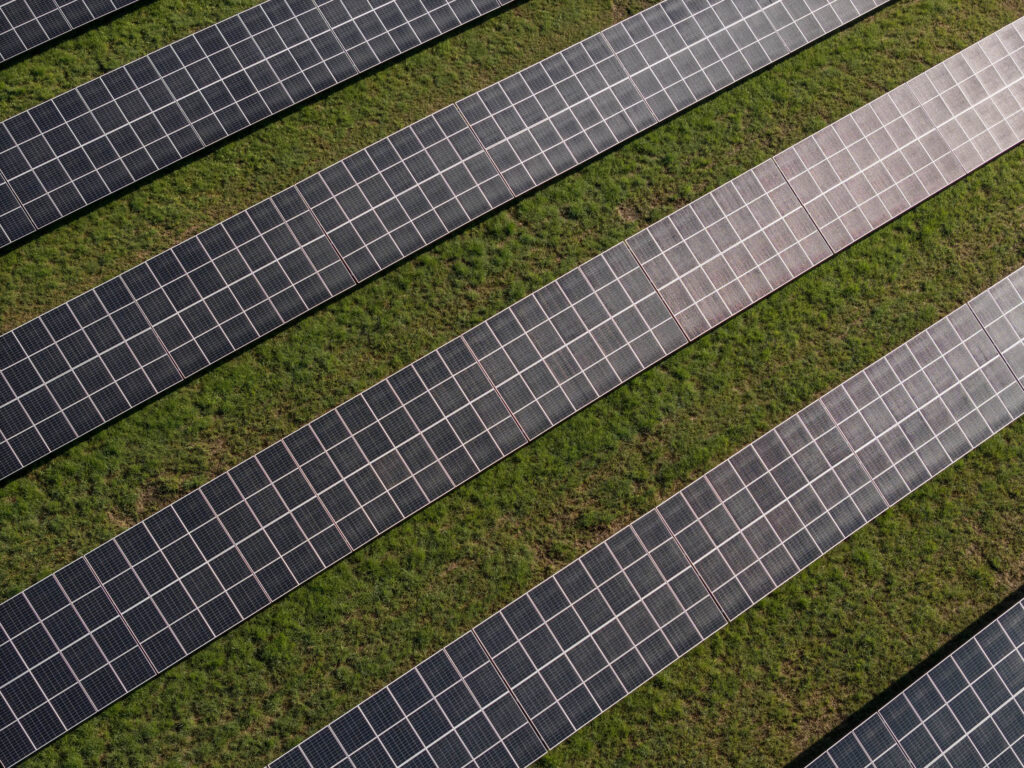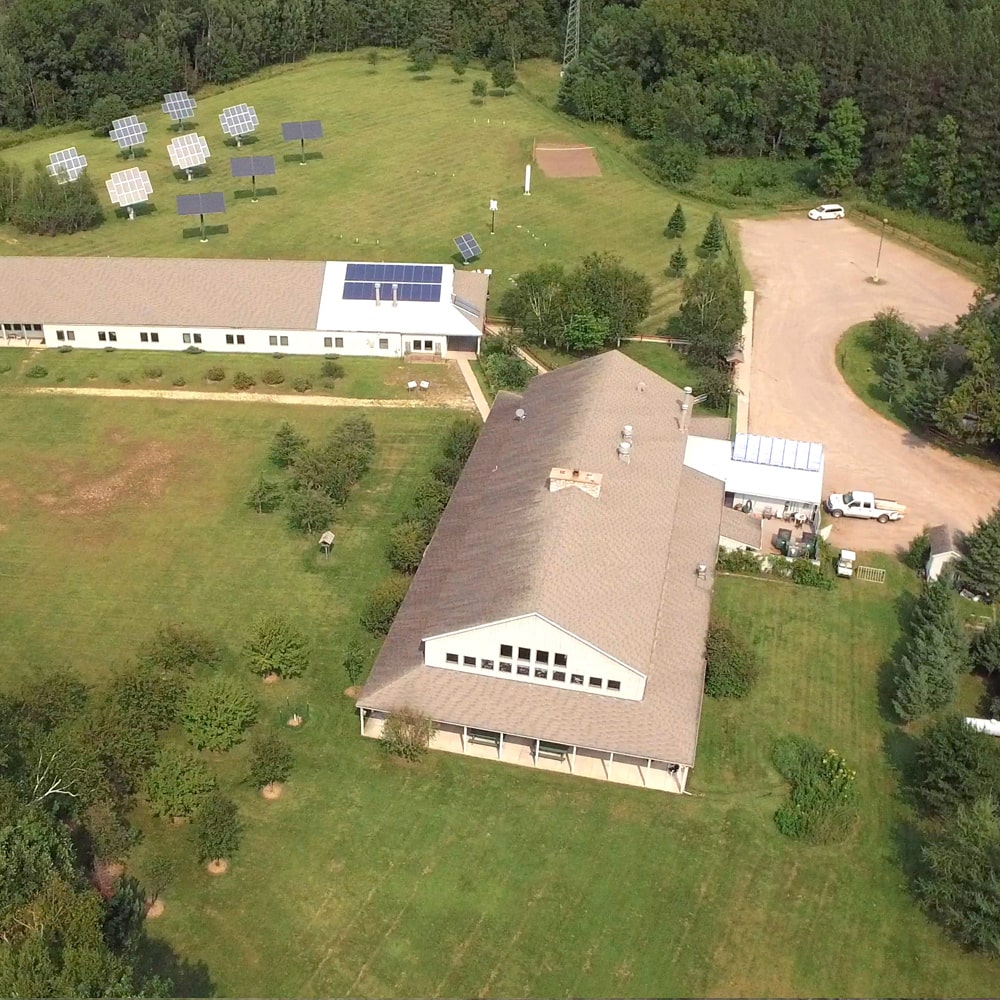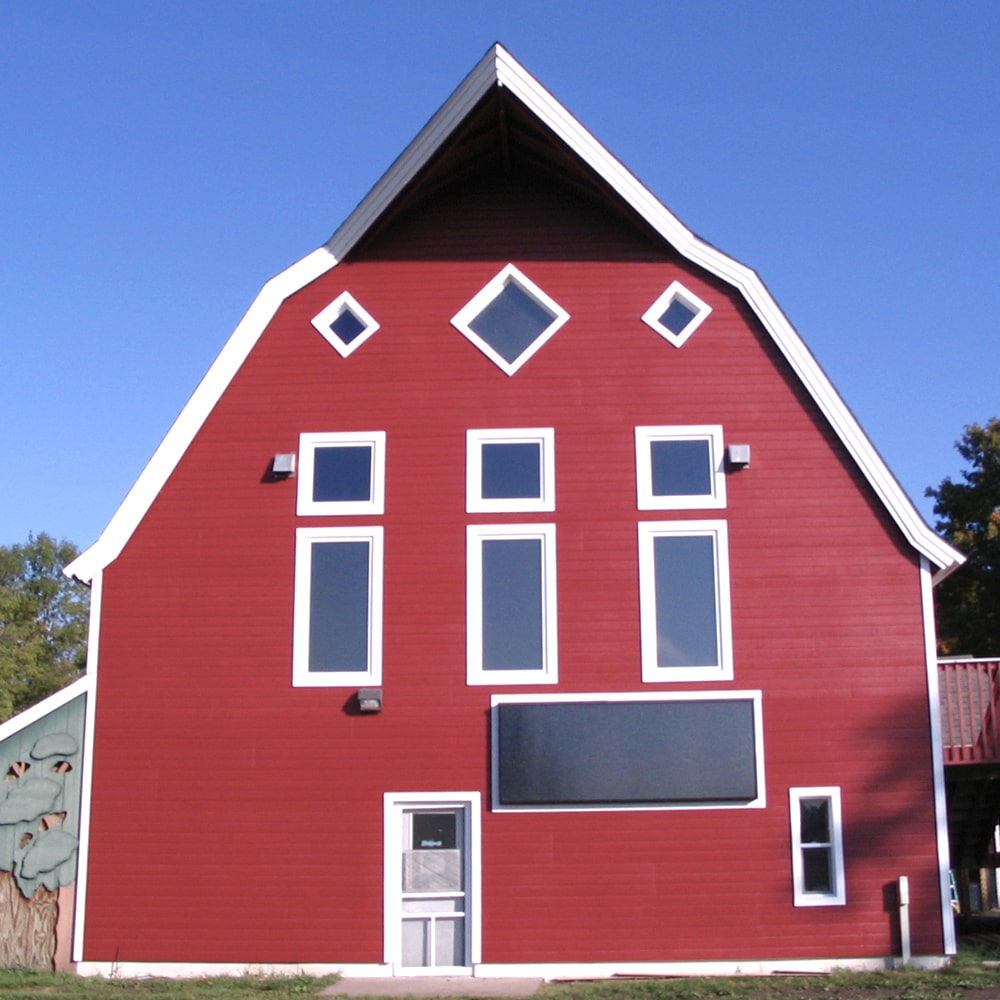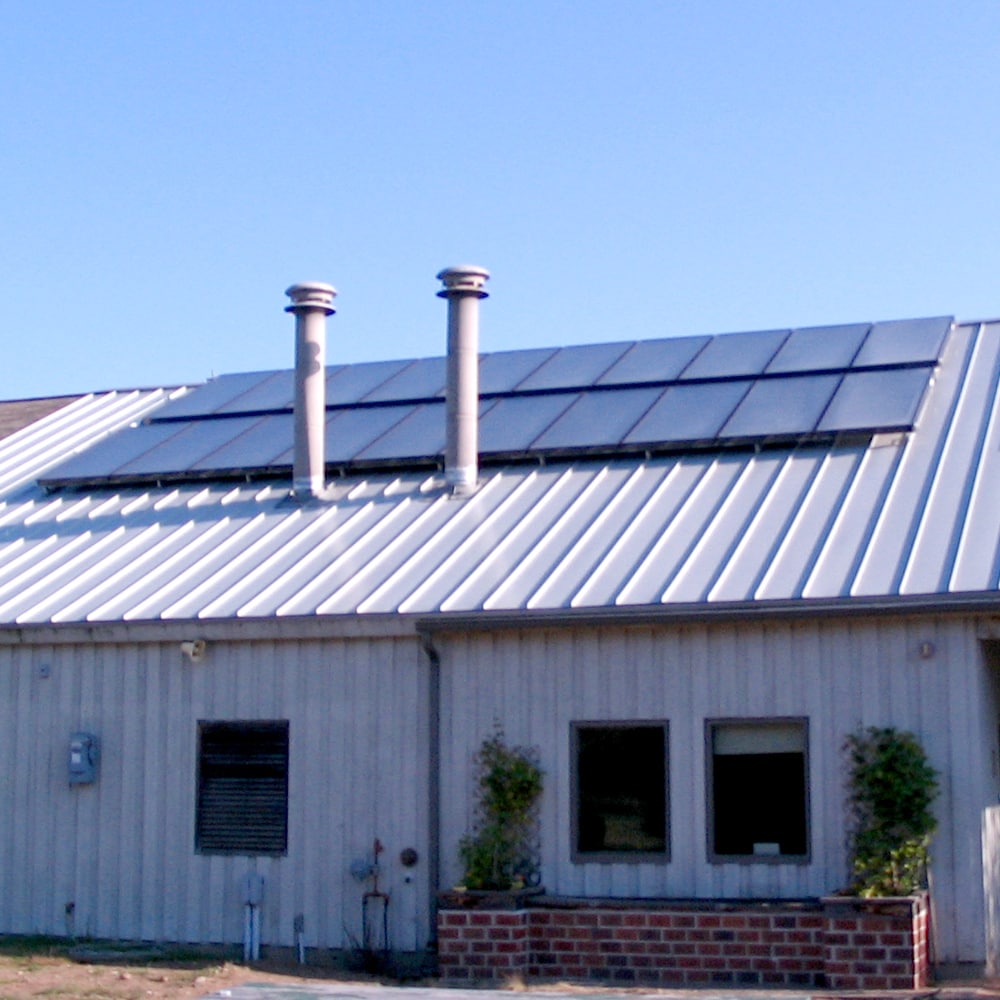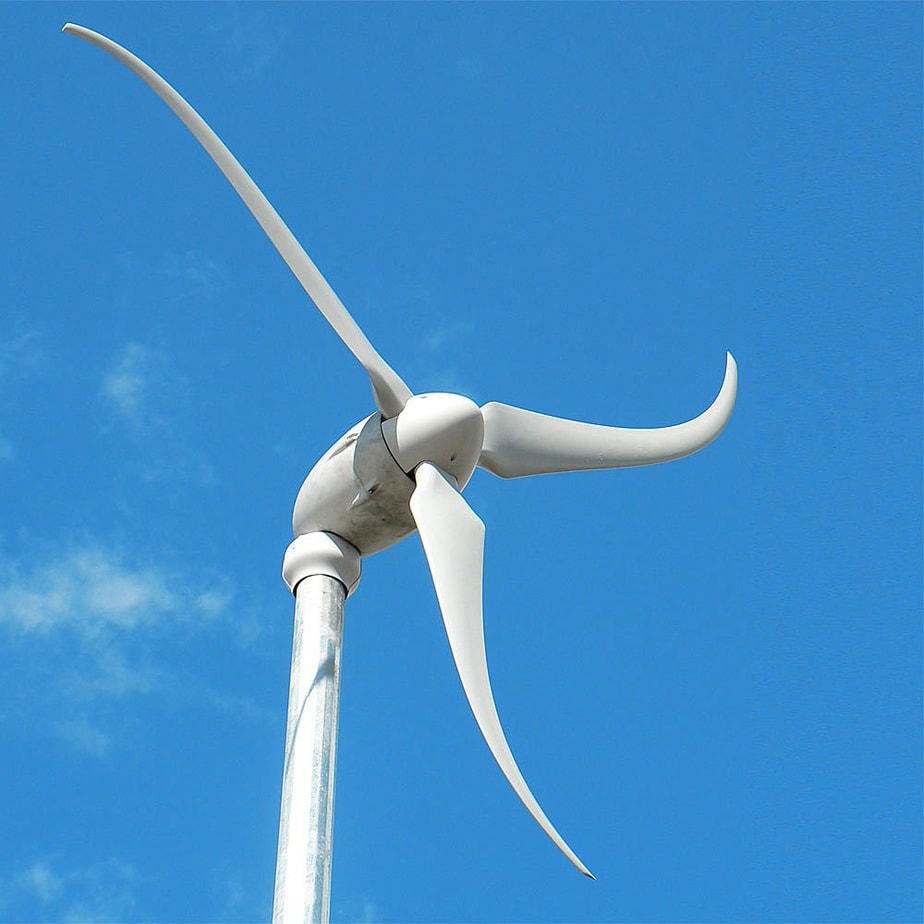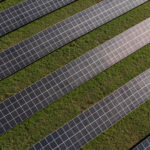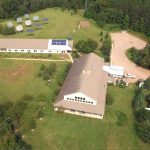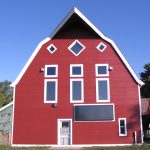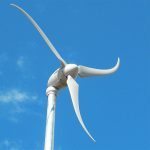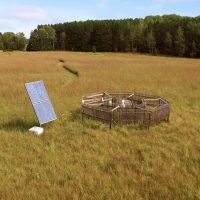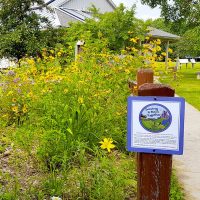Walking the talk
Stewardship
We all share this Earth and are connected to it and each other more intricately than we can possibly know.
It is essential to our mission, goals and education program to continually increase our energy independence and model sustainable systems for the community and our constituents. A healthy future is dependent upon a healthy planet, and it is our hope that through our commitment to earth stewardship, we serve as a catalyst for change, inspiring and empowering others to make earth-friendly choices.
Reducing Our Carbon Footprint
Conservation & Renewable Energy Systems
Over the years since the first renewable energy installation at Osprey Wilds in 2004 (geoexchange ground source heat pump system and first photovoltaic solar arrays), we have continued to add many conservation, efficiency and renewable measures to help us get closer to the goal of reducing our carbon footprint. These improvements have been made possible thanks to the generous support and assistance from our Senators and Representatives, the Green Institute, East Central Energy, Department of Housing & Urban Development, US Department of Energy, Great River Electric, and Solar Power of Mora.
- Download our Energy Conservation & Renewable Energy Systems brochure for a building-by-building breakdown of renewable energy systems and conservation measures
Click on the images below to learn more about the various renewable energy systems here at Osprey Wilds.
Maintaining Ecosystem health
Land Management
We are committed to promoting biodiversity and long-term ecosystem health on the land at Osprey Wilds. The goals of our long-term land management plan for this property are:
- Maintain and improve wildlife habitat favoring a diverse host of species.
- Promote educational and recreational opportunities.
- Promote the growth of native species, including oaks, sugar maple, and white pine.
- Restore native plant communities in areas impacted by past land use.
- You can download our Land Stewardship Plan for more details.
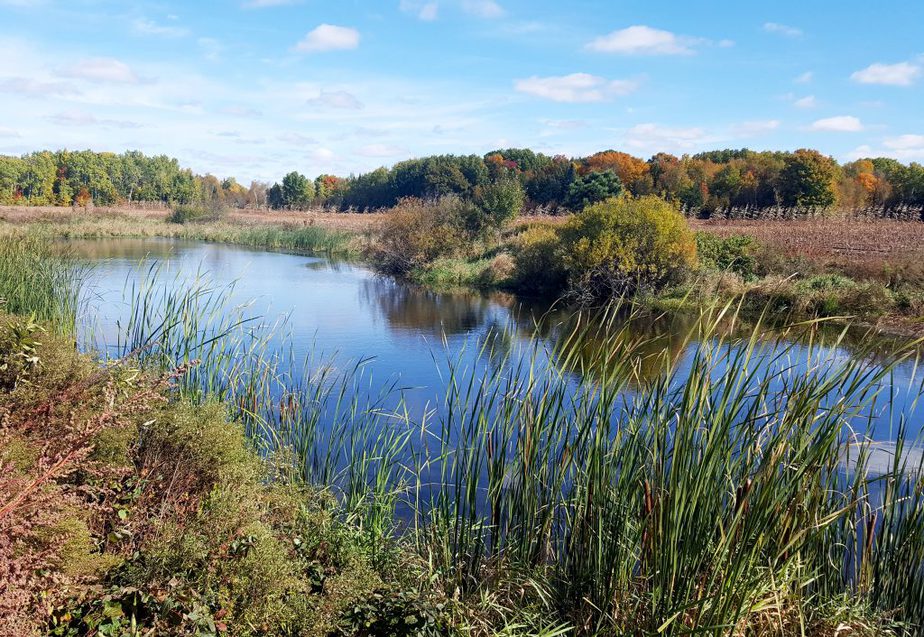
Reducing Our Carbon Footprint
Conservation & Renewable Energy Systems
Over the years since the first renewable energy installation at Osprey Wilds in 2004 (geoexchange ground source heat pump system and first photovoltaic solar arrays), we have continued to add many conservation, efficiency and renewable measures to help us get closer to the goal of reducing our carbon footprint. These improvements have been made possible thanks to the generous support and assistance from our Senators and Representatives, the Green Institute, East Central Energy, Department of Housing & Urban Development, US Department of Energy, Great River Electric, and Solar Power of Mora.
- Download our Energy Conservation & Renewable Energy Systems brochure for a building-by-building breakdown of renewable energy systems and conservation measures
- Click on the images below to learn more about the various renewable energy systems here at Osprey Wilds.
Maintaining Ecosystem health
Land Management
We are committed to promoting biodiversity and long-term ecosystem health on the land at Osprey Wilds. The goals of our long-term land management plan for this property are:
- Maintain and improve wildlife habitat favoring a diverse host of species.
- Promote educational and recreational opportunities.
- Promote the growth of native species, including oaks, sugar maple, and white pine.
- Restore native plant communities in areas impacted by past land use.
- You can download our Land Stewardship Plan for more details.
Preservation & Restoration
Enhancements for Wildlife
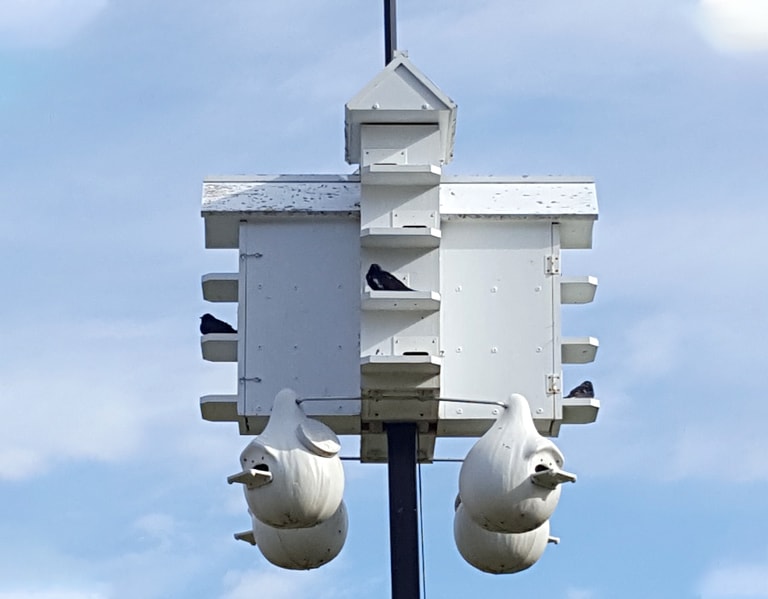
Purple Martins
The purple martin (Progne subis) is in the midst of a long-term decline, and researchers worry that without humans continuing to put out birdhouses for them, their numbers will fall faster.
With funding from Audubon Minnesota and help from the Mille Lacs Band of Ojibwe, a T-14 purple martin house, accompanied with 4 hanging gourds were installed near the solar panel field by Crosby Lodge in 2012.
Since 1976, purple martin populations have fallen about 1.9 percent each year. Martin houses are an important conservation tool for the bird. Today, martins in the eastern half of North America are almost entirely dependent on gourds and martin houses for nesting.
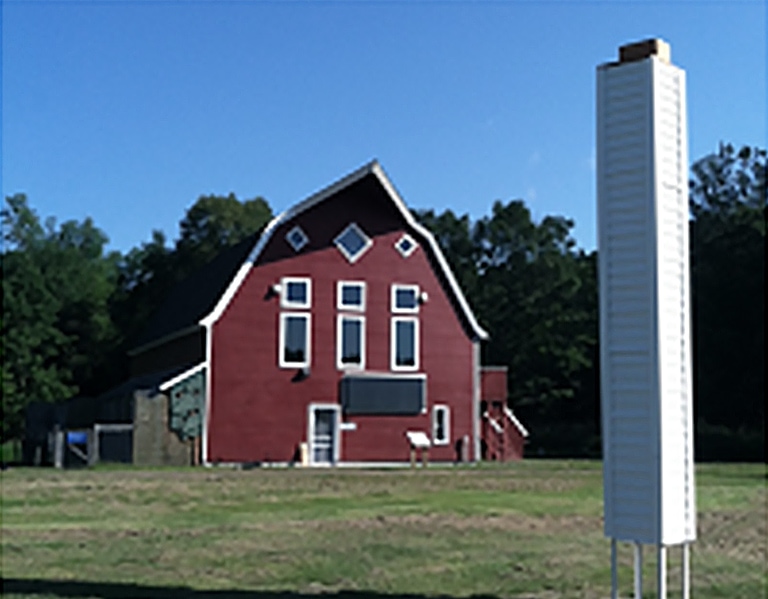
Chimney Swifts
Chimney swifts can be helped by making chimneys accessible for the birds or by building specially designed nesting towers.
With funding from Audubon Minnesota and volunteer help from the Summer Youth CCC of Minnesota, two chimney swift towers were built in 2012 – near Crosby Lodge and the wildlife barn. These two towers provide key habitat for another bird species in need.
Historically, chimney swifts nested and roosted in eastern North America’s old growth, hollow trees. With the loss of those forests, swifts then shifted to nesting and roosting in masonry chimneys. With many chimneys capped now, swifts are unable to use them and their numbers have declined by over 50% in just the last 40 years.
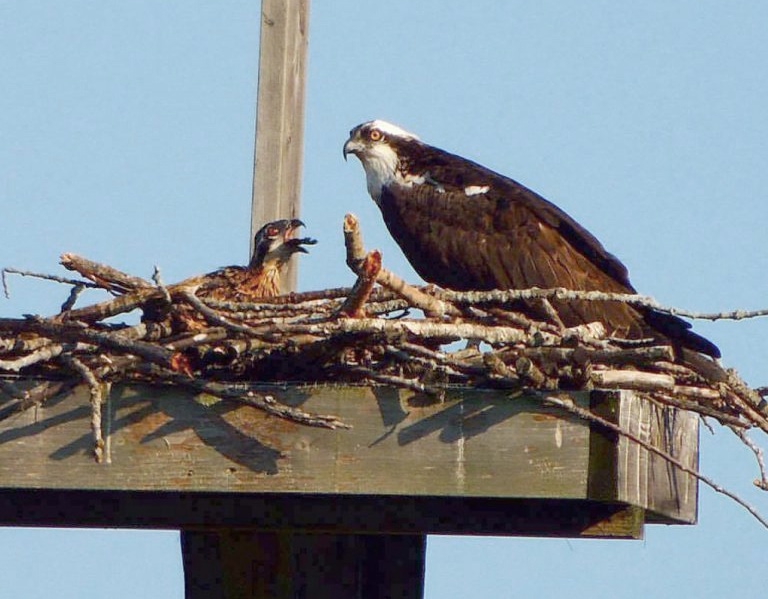
Ospreys
Ospreys are a conservation success story. The species’ decline was halted by pesticide bans and the construction of artificial nest sites.
In 2011, an osprey nesting platform was installed with help from Eagle Scout Troop 157, East Central Energy, USFS, Cooperative Light & Power, Wayzata Lion’s Club, and MN River Valley Audubon Chapter.
The nesting platform is located by the wildlife barn and is used as part of our education programs. Ospreys require nest sites near water in open surroundings for easy approach and safety from ground predators.
The first nesting pair of ospreys arrived in 2017. We look forward to many more years of resident ospreys.
Conservation & Measurements
Other Green Initiatives at Osprey Wilds
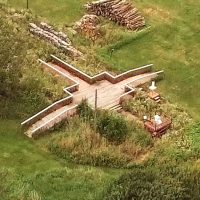
Acid Rain Monitoring
Osprey Wilds has been an Acid Rain monitoring site for the National Atmospheric Deposition Program (NADP) since 1996.
Every week that there is precipitation (in any form), samples are collected here at the Center and sent to the NADP for analysis. The network measures acidity and calcium, magnesium, sodium, potassium, sulfate, nitrate, chloride, and ammonium ions.
You can view this data online. These monitoring efforts support research and policy on air quality issues.
Our participation in NADP has the following objectives:
- To characterize precipitation chemistry to track long-term spatial and temporal trends, support research, and assess the effectiveness of State and Federal SO2 emissions reduction programs.
- To demonstrate compliance with the Minnesota Wet Sulfate Deposition Standard (Minn. R. 7005.4010 to 7005.4050).
NOAA Weather Station
We are proud to be a part of the U.S. Climate Reference Network (CRN), developed by National Oceanic and Atmospheric Administration (NOAA) scientists to improve the ability of America’s decision-makers to form policies about programs impacted by climate variability and change.
The weather station’s instrument suite, installed on one of our prairies, is designed to measure air temperature, precipitation, solar radiation, wind speed, surface temperature, and relative humidity.
To view current daily summaries from our NOAA weather station:
- Click here to go to our station on the NCDC website
- Select the year and month you are interested in viewing
- Click ‘View Data’ to open up the summary report
Gardens & Prairies
Restoring native plant communities to our lands is increasingly critical as native plant and animal populations continue to decline.
Increased use of herbicides, habitat loss and climate change are all factors of declining insect pollinator populations like native bees and monarch butterflies. Plant pollination by insects is essential to human health, global food webs and protection of biodiversity.
To help reverse the trend of species loss, Osprey Wilds is working to restore native flora biodiversity through a combination of planting native trees, grasses and flowers as well as invasive species removal efforts. Our goal is to preserve and restore the diverse haven that is our own backyard.
Our green initiatives continue to expand as we find the money to invest. If you can help us in our quest to be a zero carbon site, contact us to make a stewardship-designated donation – 320-245-2648 or development@ospreywilds.org








